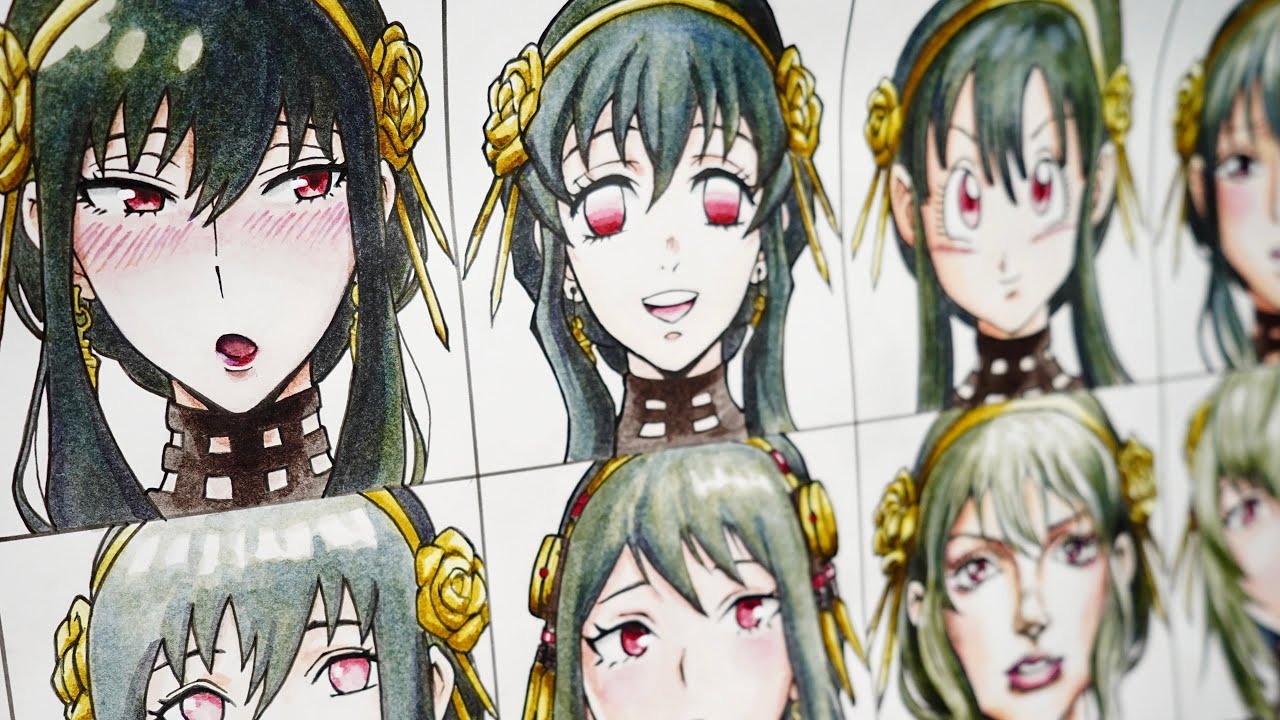I’m not a professional artist, but have made a decent chunk of change when I’ve opened up freelance commissions, often for a particular goal (in my case, paying for college related fees, (500$) and replacing a broken drawing tablet (330$), that sort of thing.
What’s already been shared in this thread is great! Honestly, I’d caution any young artist against pursuing it professionally to begin with- mixing money (clients, really) and passion is a really quick way to develop stress and burn out of a hobby. If she’s determined, though…
As a caring adult in her life, while you might lack an artistic background, I’d strongly suggest getting involved with keeping an eye on correspondence between commissioners- sometimes people can be quite nasty, and being polite but firm and professional is a daunting gauntlet to run.
Something your IT background may lend itself to is helping set up a professional looking portfolio website. It doesn’t have to be expensive- it’s very common for young people (about my age) to use carrd.co on the free plan and to customize the tabs to show pricing, rules, art examples, etc. Common rules might indicate turn around time, subjects that are a no go like NSFW, detailed gore, furry art, mecha, etc. She’ll also likely want an email reserved just for inquiries/talking to them to keep things organized.
Deciding on if she wants a flat fee before work commences, (or what I did, 50% of the commission upfront) as well as number of updates or adjustments (I would do minor adjustments like adding a particular mole for free, but a new hairstyle would be for extra money) and the expense associated would be good. Most artists I know who do these casual commissions do not sell the rights to reproduce on merch, or to use commercially like in a game, and would negotiate more for these.
How to accept payment and adjusting for platform fees is important too! I’ve done just direct e-transfer only with close friends, (and only for smaller amounts of money, like 20-40$ character portraits) but typically have used Paypal (NOT on the family and friends option) and charged USD$ since it has more buying power than the CAD$ normally and many of my clients were American. Lots of people I know use Kofi, due to fewer fees and being able to hook that up to Paypal or Stripe I think, with very little fuss on the payer’s end- though this can take a bit to process funds if you use Stripe, I believe. This is something you as the IT adult can probably handle, as well as potentially filing taxes on the income depending on how much she makes.
What worked for me was finding a niche audience and settling on a style I could reproduce very quickly. I would not do my usual painterly portraits, (though did one for 500$ as a one off for a friend,) but instead often did simpler pixel art styled ones I could finish in about 30 minutes and charged 20$ or so. Targeting specific communities with high ratios of people without strong art skills but a high desire for customized art, (Stardew Valley, Dungeons and Dragons) as well as areas I already knew and participated in (like the independent original character role playing scene) helped a lot.
People liked seeing that I was passionate about the hobby space, (I’ve played SDV for 700+ hours, and been a DM and player for about a decadeish) that others has gotten similar work from me and were happy, and felt good about supporting a fellow enthusiast. Freelancing depends in part on curated personality- especially in smaller, close knit communities, and you get a lot of referral or ongoing work that way.
I would suggest she look into more passive means as well, like the asset packs mentioned. Itch.io has some, and there are options like Bullet Journalling digital stickers or planner layouts on Redbubble or Etsy. She might look into doing background art for visual novels on Itch.io, (there are many character artists and asset packs, but fewer strong background artists doing the same), and networking in spaces like DevTalk (a visual novel Discord), where paid work is possible and both amateurs and professionals interact on gamejams, long term projects, one offs, etc.
Best of luck! I hope she remains creative, passionate, and stays safe!
